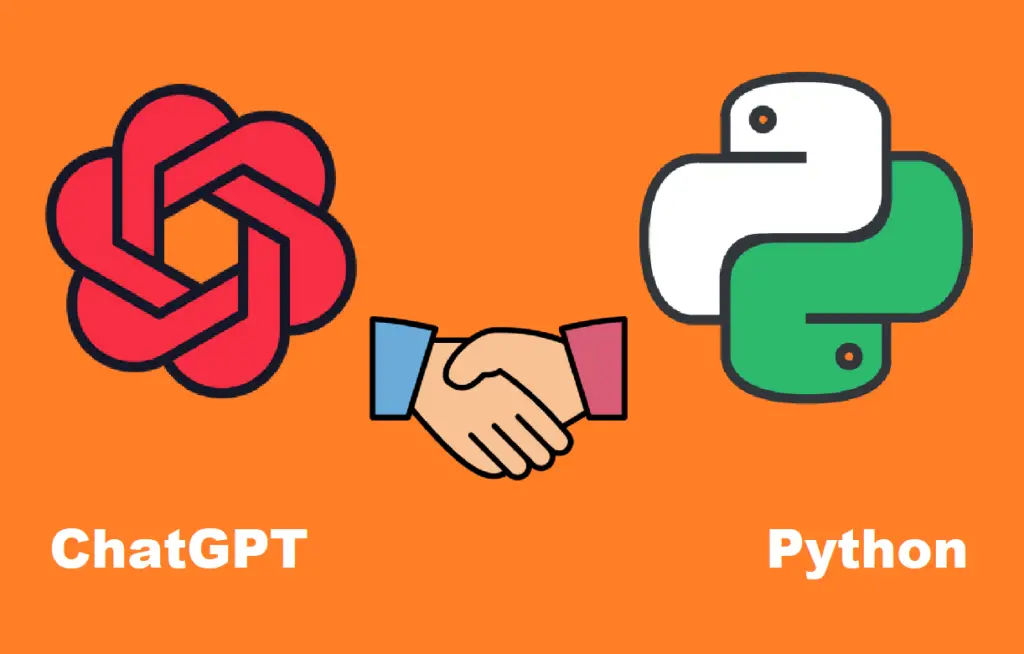
Title: Creating Dynamic Web Applications using AJAX and PHP Functions
Introduction:
In the world of web development, creating dynamic and interactive web applications has become a necessity. AJAX (Asynchronous JavaScript and XML) is a powerful technology that allows developers to update website content dynamically without reloading the entire page. When combined with PHP functions, AJAX enables developers to create seamless and efficient web applications. In this article, we will explore the concept of using AJAX to call PHP functions and its significance in web development.
Understanding AJAX:
AJAX is a web development technique that enables the exchange of data between the client and server asynchronously. Traditionally, websites used to reload the entire page to update any content, resulting in slower user experiences. However, with AJAX, specific portions of a webpage can be updated in real-time without reloading the entire page.
AJAX uses a combination of HTML, CSS, JavaScript, and XML (or JSON) to achieve asynchronous communication between the client and server. The client sends a request to the server, which processes the request and sends back a response containing the updated data. This data is then used to dynamically update the website content, making the user experience faster and more responsive.
Why Use AJAX with PHP Functions?
PHP is a popular server-side scripting language that is widely used in web development. It provides a wide range of built-in functions and libraries, making it convenient for handling various server-side tasks. When combined with AJAX, PHP functions can be called asynchronously, making it possible to perform server-side operations without reloading the entire page.
By using AJAX to call PHP functions, developers can create interactive web applications that can fetch data from a database, update data on the server, and perform other server-side operations seamlessly, without interrupting the user's browsing experience. Some common use cases for using AJAX with PHP functions include form submissions, real-time data updates, and dynamic content loading.
Implementing AJAX with PHP Functions:
To implement AJAX with PHP functions, we need to follow a few steps:
1. Set up an HTML form or UI element that triggers the AJAX request. This can be a button, a form submission event, or any other HTML element that suits the use case.
2. Write JavaScript code to handle the AJAX request. Use the XMLHttpRequest or fetch API to send the request to the server.
3. Define a PHP function on the server-side to handle the request. This function should process the request, perform any necessary server-side operations, and return the response in XML or JSON format.
4. Use JavaScript code to handle the response received from the server. This can involve updating the website content, displaying error messages, or performing any other required client-side operations.
Considerations and Best Practices:
When using AJAX with PHP functions, there are a few considerations and best practices to keep in mind:
1. Security: Ensure that the server-side PHP functions can only be accessed by authorized users. Implement robust security measures to prevent any unauthorized access or manipulation of data.
2. Error Handling: Implement proper error handling mechanisms to gracefully handle any errors that may occur during the AJAX request or PHP function execution. Display meaningful error messages to the user to aid in troubleshooting.
3. Data Validation: Validate user input on both the client-side (using JavaScript) and server-side (using PHP) to prevent any security vulnerabilities or data corruption.
4. Performance Optimization: Optimize the code and database queries to ensure efficient performance. Minimize unnecessary server round trips and use caching techniques to improve the overall user experience.
Conclusion:
In conclusion, AJAX combined with PHP functions is a powerful technique for creating dynamic web applications. It provides a seamless and efficient way to update website content without reloading the entire page. By leveraging PHP's capabilities and AJAX's asynchronous nature, developers can create interactive and responsive web applications. Implementing AJAX with PHP functions requires careful attention to security, error handling, data validation, and performance optimization. By following these best practices, developers can create robust and secure web applications that provide an excellent user experience.
Further Exploration:
While this article provides an overview of using AJAX with PHP functions, there are several related topics worth exploring in-depth, such as:
1. Security measures for AJAX applications: Explore techniques like CSRF (Cross-Site Request Forgery) protection, input validation, and server-side authentication to enhance the security of AJAX applications.
2. Implementing AJAX with PHP frameworks: Learn how popular PHP frameworks like Laravel, Symfony, or CodeIgniter provide built-in support for AJAX requests and how to leverage them in web application development.
3. AJAX pagination and infinite scrolling: Dive into advanced AJAX techniques like dynamically loading paginated content or implementing infinite scrolling to provide a smooth browsing experience on websites with large amounts of data.
By delving into these topics, developers can expand their AJAX and PHP knowledge and create more versatile and powerful web applications.
壹涵网络我们是一家专注于网站建设、企业营销、网站关键词排名、AI内容生成、新媒体营销和短视频营销等业务的公司。我们拥有一支优秀的团队,专门致力于为客户提供优质的服务。
我们致力于为客户提供一站式的互联网营销服务,帮助客户在激烈的市场竞争中获得更大的优势和发展机会!




发表评论 取消回复